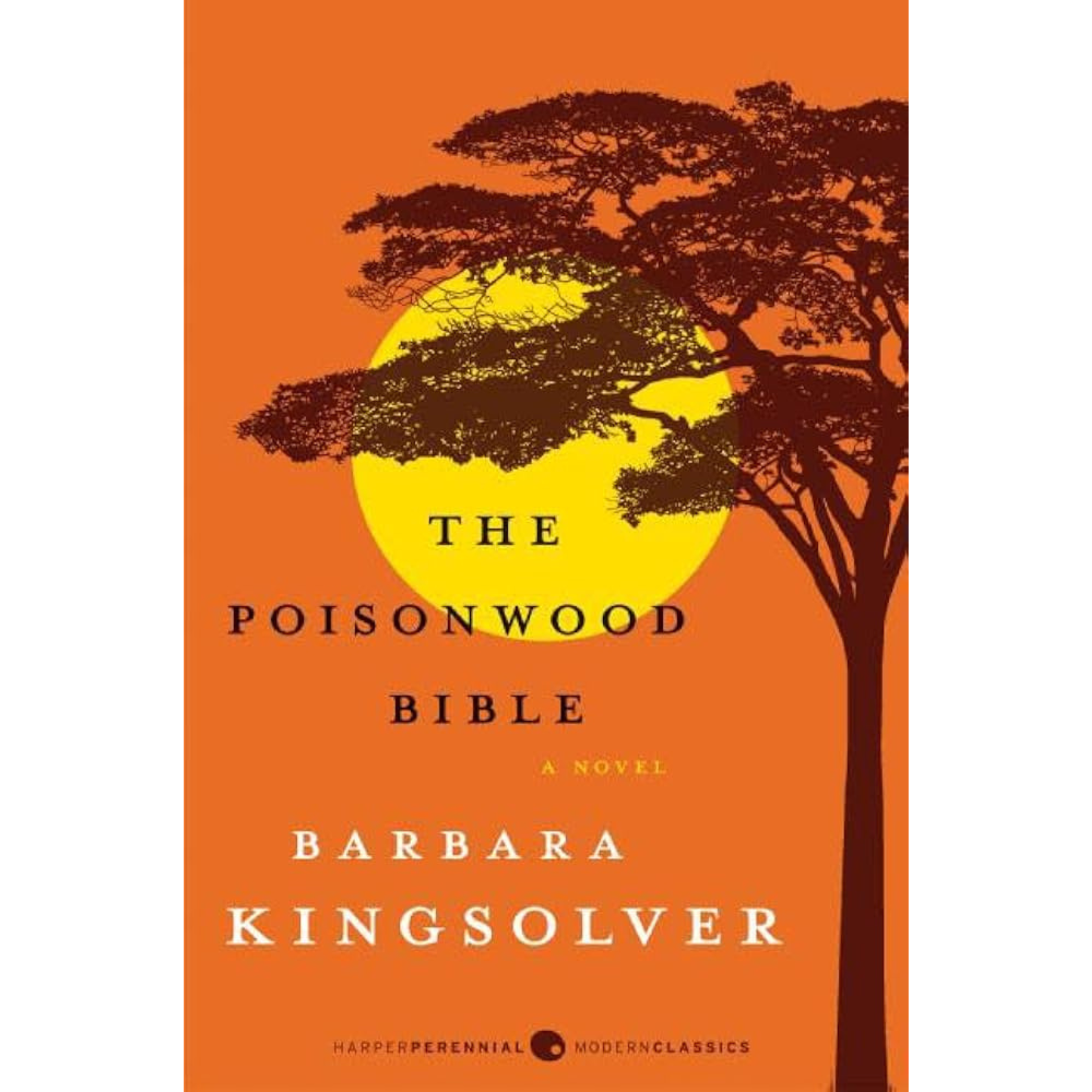“The Poisonwood Bible” by Barbara Kingsolver – A Review
⭐ Rating: 4.5/5
Year Published: 1998
Genre: Literary Fiction, Historical Fiction, Post-Colonial Literature
Page Count: 545
Quick Summary
The Poisonwood Bible chronicles the journey of the Price family—Nathan, his wife Orleanna, and their four daughters—as they venture from Georgia to the Belgian Congo in 1959 for a missionary expedition. Narrated through the distinct voices of Orleanna and her daughters, the novel delves into their personal transformations amidst the backdrop of Congo's fight for independence and the challenges of cultural assimilation.
What I Loved
Evocative Writing: Kingsolver's prose is both beautiful and powerful, capturing the complexities of the African landscape and the internal struggles of the characters.
Thought-Provoking Themes: The novel prompted deep reflection on the ramifications of colonialism and the often misguided intentions of missionary work. Having lived in Kenya and encountered numerous missionaries, the story resonated profoundly, leading me to introspect on my own perspectives and experiences.
Multi-Faceted Narratives: The use of multiple perspectives enriched the narrative, offering a comprehensive view of the family's dynamics and their individual journeys.
What Didn’t Quite Work for Me
Complex Structure: At times, the shifting viewpoints and intricate narrative structure were challenging to follow, requiring careful attention to fully grasp the intertwining storylines.
Who Should Read This?
This novel is ideal for readers interested in literary fiction that explores cultural clashes, personal growth, and the historical context of post-colonial Africa. It's especially resonant for those who appreciate narratives that challenge personal and societal beliefs.
Final Thoughts
The Poisonwood Bible is a compelling exploration of faith, family, and the complexities of cultural intersection. Kingsolver's narrative invites readers to reflect on their own roles within broader historical and cultural contexts, making it a poignant and enduring piece of literature.


